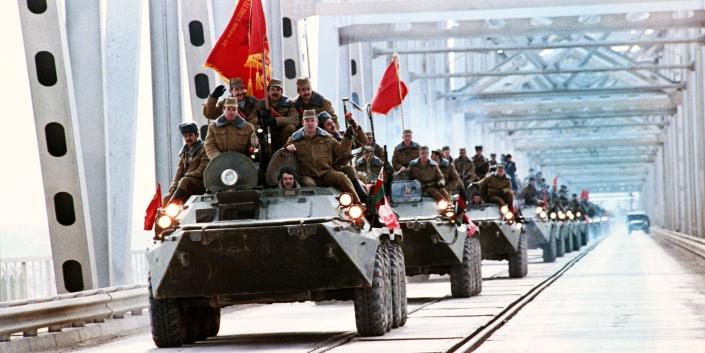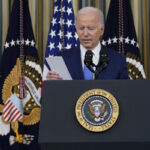
-
Thirty years ago, the Soviet Union’s failed war in Afghanistan helped bring down its empire.
-
Now Russia’s faltering war effort in Ukraine is raising doubts about the future of Putin’s regime.
-
The war could hasten change in Russia or deepen the dynamics that brought Putin to power.
Aging men in the Kremlin invade a neighboring country based on faulty assumptions of rapid victory. Conscripts with little training are sent to fight a highly motivated opponent funded by the US and its allies. Soldiers brutalize civilians while state media presents the war as a noble humanitarian mission.
The Soviet Union’s war in Afghanistan and Russia’s current war in Ukraine have obvious similarities in their disastrous planning and execution.
Vladimir Putin, a KGB agent stationed in Russia and East Germany during the war in Afghanistan, has co-opted the sense of resentment that festered among veterans of that conflict as the ruling ideology of a resurgent Russia.
Afghanistan’s role in the Soviet collapse and its aftermath suggests how the war in Ukraine could hasten systemic change in Russia — or deepen the cycle of humiliation and retribution that sealed Putin’s grip on power.
A ‘limited’ war


The Soviet decision to invade Afghanistan was prompted by competition with the US and China for client states in Africa, Asia, and the Middle East.
When the Marxist revolutionaries who took over Afghanistan in 1978 struggled to maintain control, their Soviet allies suspected that the US might try to use the country as a base of operations in the Persian Gulf.
After Soviet special forces assassinated Afghan leader Hafizullah Amin on December 27, 1979, the front page of Pravda claimed that he was a CIA operative. What was supposed to be a quick mission to install more reliable leadership and strengthen key bases turned into a 10-year quagmire that left 13,000 Soviet soldiers dead (and 40,000 wounded) and killed over a million Afghans.
In the war’s early years, television reports acknowledged the presence of only a “limited contingent of Soviet troops,” who were shown planting trees and distributing medicine.
While families of the dead sent pleading letters to the Central Committee in Moscow, the war remained out of sight and out of mind for most Soviet citizens.
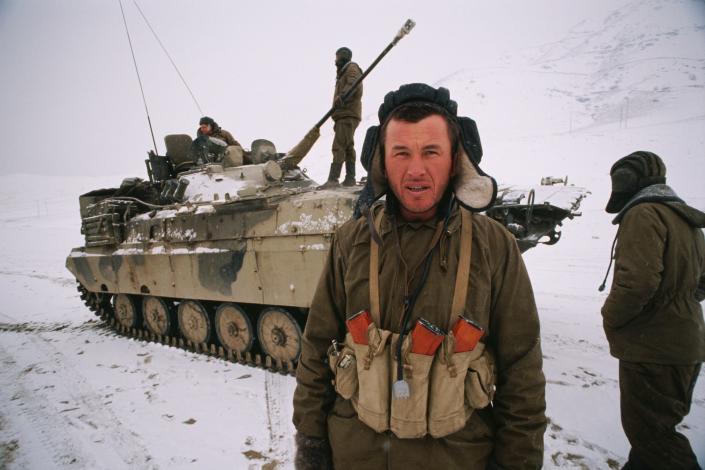

This indifference was enabled by relatively low levels of troop deployment, which reached 120,000 at the war’s height — far fewer than the number of American troops in Vietnam at the peak of that war.
Behind the scenes, however, the war’s mounting costs made Soviet leaders increasingly reluctant to use force elsewhere. When KGB head Iurii Andropov decided against invading Poland to put down the Solidarity trade movement in 1980, he said that “the quota of interventions abroad has been exhausted.”
Media coverage of the war exploded in the late 1980s, when Mikhail Gorbachev’s relaxation of censorship exposed atrocities against civilians and drug use and hazing in the Red Army.
Movies like “Afghan Breakdown” (1990) and Belarusian writer Svetlana Alexeivich’s book “Zinky Boys,” named after the dreaded silver coffins that carried soldiers’ remains, showed a futile war devoid of heroes.
Gorbachev’s team made a last-ditch attempt to improve the situation in Afghanistan before agreeing to leave on unfavorable terms at the Geneva Accords in 1988. The last Soviet forces left Afghanistan on February 15, 1989.
Marshaling resentment
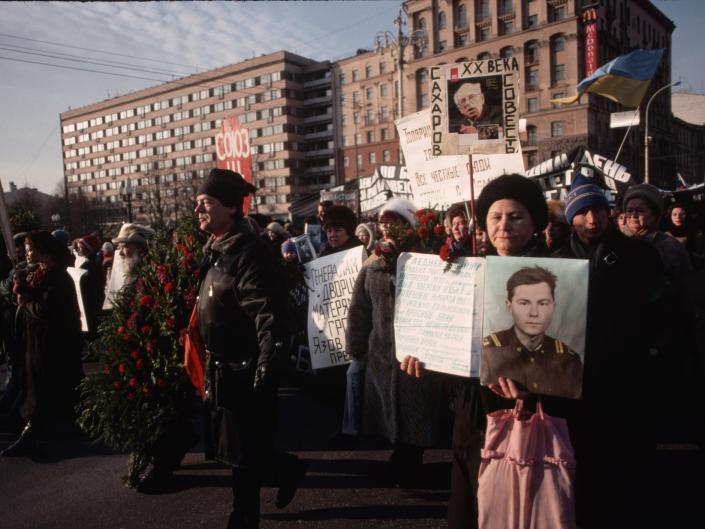

The end of the war in Afghanistan prompted a wide-ranging reassessment of the Soviet Union’s past crimes and present injustices, and military interventions abroad were decried as a drain on resources that could be spent at home.
But public opinion was divided. When physicist and Nobel Peace Prize winner Andrei Sakharov denounced the army’s activities in Afghanistan at the Congress of People’s Deputies in June 1989, he was interrupted by a veteran on crutches.
The veteran, who lost his legs in the war, issued a call to defend “motherland, country, and communism” and received a standing ovation. His sense of indignation was widely shared among veterans of the conflict (known as “afgantsy”), who were not given the benefits awarded to World War II veterans and felt spurned by society and the state. Sakharov refused to back down, calling Afghanistan “a war of annihilation, a terrible sin.”
After an official investigation into the causes and results of the invasion, the Congress of People’s Deputies condemned the war as a “moral and political” mistake in December 1989. Sakharov had died 10 days earlier, depriving those with pacifist sentiments of a crucial voice.


After renouncing the use of force, Gorbachev sent special-forces units that had served in Afghanistan to put down pro-independence demonstrations in the Baltics and the Caucasus.
But it was too little, too late for the empire he sought to reform. The Soviet Union formally dissolved in December 1991. The Afghan government outlasted its patron by five months.
In the 1990s, Afghanistan veterans’ sense of aggrievement fused with that of veterans returning from Boris Yeltsin’s war in Chechnya. During Russia’s “shock therapy” reforms, as life savings disappeared overnight and male life expectancy plummeted, their alienation mapped onto a broader sense of despair.
Russian popular culture offered violent nationalism as a cure for humiliated masculinity.
In the cult-hit movies “Brother” (1997) and “Brother 2” (2000), a baby-faced veteran of Chechnya becomes a cold-blooded vigilante who takes revenge against Russia’s enemies while reciting patriotic slogans. His famous catchphrases — “strength is in truth” and “Russians don’t abandon their own” — have featured prominently in propaganda supporting the war in Ukraine.


Putin played on veterans’ sense of resentment to legitimize his rule.
During his first term as president, he launched a brutal second invasion of Chechnya that ended in Russian victory and installed a monument to the soldiers who fought in Afghanistan near Moscow’s World War II monument in Victory Park.
The Russian state also began providing financial assistance to veterans’ groups in exchange for their participation in patriotic youth camps and pro-Kremlin rallies.
As historian Emily Hoge has noted, Afghanistan veterans became enthusiastic backers of Putin’s war in Ukraine — training volunteers to send to Crimea and the Donbas in 2014, going to fight themselves, and declaring their support for this year’s full-scale invasion.
Ironically, many of the veterans they once embraced as “brothers” are from Ukraine.
Putin’s war, Russia’s future
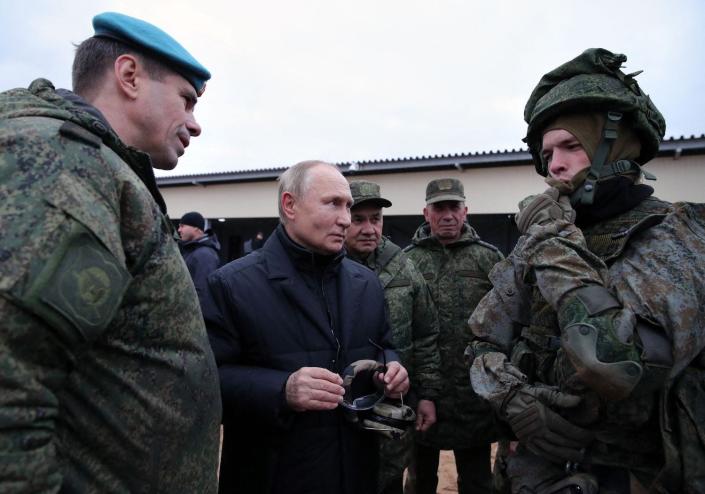

Putin’s war in Ukraine isn’t going as badly as the Soviet occupation of Afghanistan — it’s going worse.
More Russian soldiers have already fallen over eight months in Ukraine — as many as 80,000 dead or wounded, according to estimates by the US Defense Department — than during 10 years in Afghanistan.
The UN High Commissioner for Human Rights has corroborated over 14,000 civilian casualties in Ukraine since February, though the real numbers are likely much higher.
With the rapid criminalization of dissent, the mounting impact of Western sanctions, and the panicked chaos of “partial mobilization” — in which some Russian men have been grabbed off the street and sent to the front — the war has grown increasingly impossible to ignore at home.
Rampant corruption has left tanks without fuel and soldiers without uniforms, food, or first aid kits, while relatives of conscripted men frantically confer on messaging apps about where to buy body armor.


The Kremlin’s disregard for the safety and training of soldiers sent to fight suggests that, like the late Soviet Union, it will do little to care for those who return home. Putin’s war will produce a new generation of wounded, angry men, and its inept brutality will be central to criticism of his regime whenever the time of greater openness comes.
Withdrawal would likely embolden the repressed opposition in countries ruled by allies of Putin, like Alyaksandr Lukashenka, to break from his control, as Soviet republics once turned anti-colonial rhetoric against Moscow. Recent events in Central Asia suggest several of those former republics are drifting further from Russia.
The war has already produced calls for change among the hundreds of thousands of Russians who have fled abroad this year and those who have lost their jobs or sit in prison for criticizing the war at home.
But there are key differences between then and now.
While glasnost-era revelations about the Soviet war shocked the country into supporting withdrawal, these days there is little left to expose. Russian state television, adept at spinning bad news that circulates online, dismisses documented war crimes as staged provocations.
As talking heads declare that Russia is defending the fatherland in a holy war against NATO, Putin may prove successful in channeling popular discontent back towards the West.


According to a recent poll of Russians by the independent Levada Center, the number of respondents who had a positive view of the United States (19%) was even lower than those who felt positively toward Ukraine (23%) — Russia’s direct adversary.
Public self-criticism surrounding the Soviet war in Afghanistan, however brief and contested, shows that reassessment of imperial ambitions is possible. But the true test will come with the assignment of blame.
Gorbachev did face backlash over the withdrawal, largely from veterans, but he blamed previous Soviet leaders for the war, and most Russians did not hold him personally responsible for it. Despite the fact that the war in Ukraine is highly associated with Putin personally, he might avoid blame by attributing its failures to NATO interference.
According to Putin’s narrative, any harm Russia does is justified by its own victimization. In the future, measures like paying reparations to Ukraine could help ensure that any atonement is more than symbolic and recognizes the terrible damage that his country has done — not only to its own citizens, but above all, to those under occupation.
Otherwise, Putin’s war in Ukraine risks becoming another “lost cause” to be avenged.
Joy Neumeyer is a journalist and historian of Russia and Eastern Europe.
Read the original article on Business Insider

